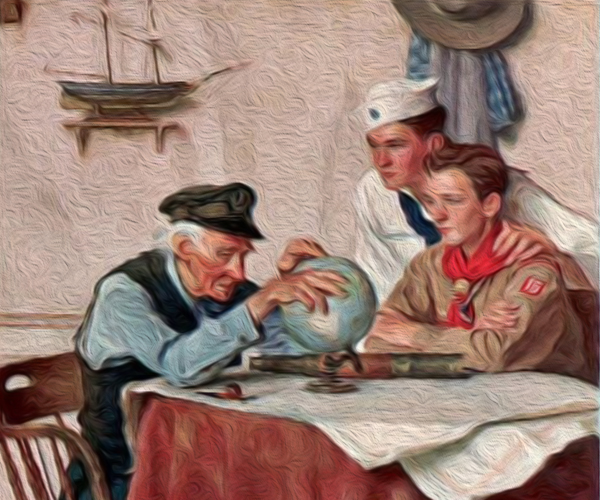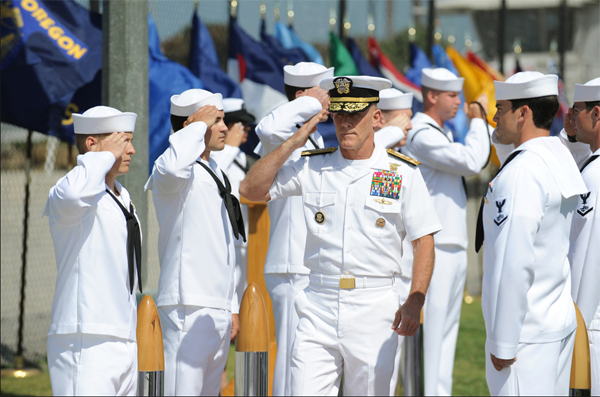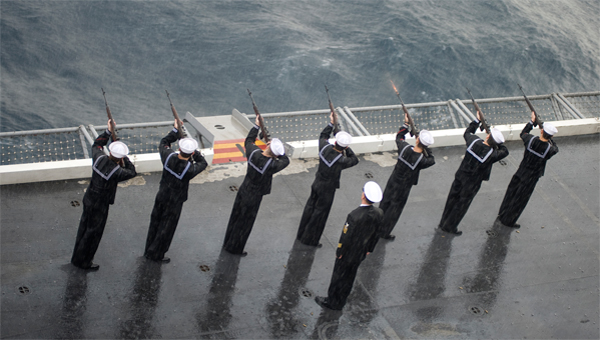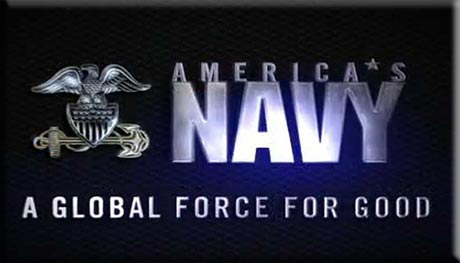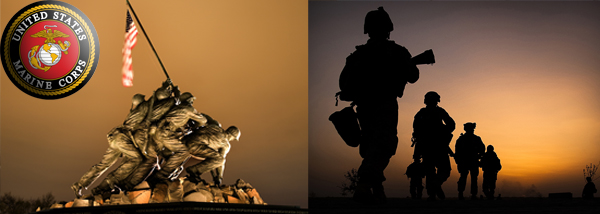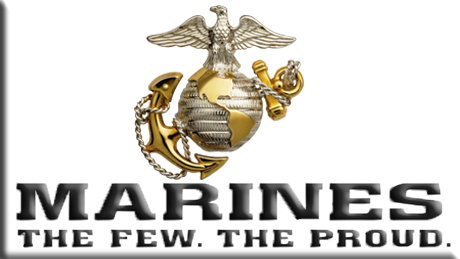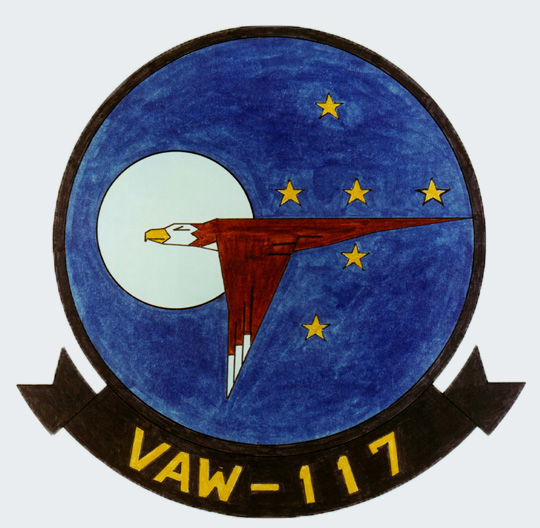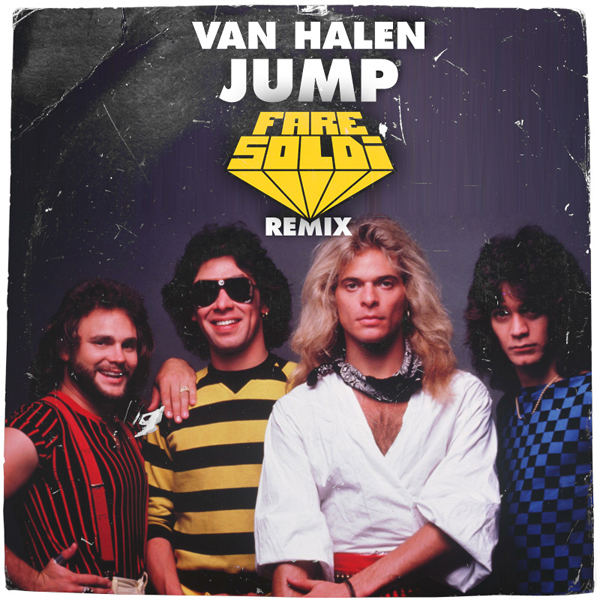
“Jump” - Van Halen
Album: 1984
Released 1984 
David Lee Roth has given various accounts of the meaning behind the lyrics, but he usually says they are about a TV news story he saw where a man was about to kill himself by jumping off a building (Roth thought, “Might as well jump”). He's also said the song is about a stripper.
This was Van Halen's first #1 hit, and their only #1 with David Lee Roth as lead singer.
Eddie Van Halen played this on an Oberheim OB-Xa synthesizer (Oberheim was a large synth manufacturer during the '80s). He was classically trained on piano growing up, and didn't start playing guitar until he was a teenager.
The synthesizer was a point of contention in the band. Eddie wanted to use it, but Roth thought it would look like they were selling out to get more radio play. Using a synthesizer instead of a guitar as the lead instrument was a huge departure for Van Halen, but most of their fans didn't hold it against them.
As early as 1981, Eddie Van Halen had written the keyboard part that would eventually become this song. David Lee Roth didn't like the idea of Eddie playing keyboards, and it wasn't until Eddie had built his own recording studio (5150) that he recorded the song with Ted Templeman during a late night recording session. When hearing the song, the band decided to include it on the 1984 album - something that is rumored to have contributed to Roth's departure a year later.
The album was released on January 9, 1984, ending (by nine days) Van Halen's streak of releasing one album every year since 1978.
The video was low-budget but highly successful. Directed by Pete Angelus and the band, it was simply 8-millimeter film footage of Van Halen performing, highlighted by Roth's slow motion spread-eagle jump (first seen on MTV in Def Leppard's “Photograph” video)  .
.
While it looks kind of ridiculous today, the video was groundbreaking and set the standard for cheap performance videos that hapless directors still try to emulate. To produce such a video, the band is recorded performing the song several times from beginning to end. Then, the band members are shot doing random stage moves without the pretense of actually playing the song (note that Eddie is seen playing the guitar at times when no guitar can be heard). Some candid footage is shot with the band goofing around, and it's off to the edit room where the footage is chopped up into a video.
While most bands lack the charisma to pull off moves like the “bass player duck under the lead singer's leg” and “point guitar directly into the camera”, they try lame versions of it anyway, using such tactics as “run to the camera and stop” and “blow a kiss”. In an age when anyone can make a video but most bands lack the money and talent to make a good one, these videos have proliferated, and none has lived up to the standard set by Van Halen with “Jump”.
The video won Best Stage Performance Video at the first MTV Video Music Awards in 1984. MTV quickly discontinued the category as music videos became more creative and relied less on footage of bands performing the song.
The B-side of the U.S. single is “House Of Pain”  . In 1991, a group called House Of Pain had a hit with a song called “Jump Around”
. In 1991, a group called House Of Pain had a hit with a song called “Jump Around”  .
.
1984 was David Lee Roth's last album with Van Halen, and the video for “Jump” conflated the tensions that led to his departure. The video was produced by Robert Lombard, who wanted to show the personal side of the band on stage. Roth, however, wanted the performance intercut with footage of him in various hedonistic pursuits, so they shot him doing things like riding a motorcycle and getting arrested while wearing nothing but a towel. Lombard edited the video and used none of the extra Roth footage, taking it to Eddie and Alex for approval. Two days later, the band's manager fired him for bypassing Roth; Lombard says he never received the award the video won from MTV.
Even the performance scenes were delicate. Lombard said in the book I Want My MTV: “I didn't shoot them together until the end of the day. I was trying to keep the peace, because I felt tension amongst them. David thought he was bigger than the rest of them.”
Some of the David Lee Roth specialty footage ended up in their video for “Panama”  . Roth was replaced in the band by Sammy Hagar in 1986.
. Roth was replaced in the band by Sammy Hagar in 1986.
This was the first album recorded at Eddie Van Halen's 5150 studio. In California, 5150 is police code for a mental case.
Eddie used the outro guitar solo at the very end of this song to come up with the idea for the intro guitar riff to Van Halen's later hit, “Standing On Top (Of The World)”  .
.
In an interview with Mix magazine, Daryl Hall said that the Hall & Oates song “Kiss On My List”  was an influence on this one. Said Hall: “[Eddie] Van Halen told me that he copied the synth part from 'Kiss on My List' and used it in 'Jump'. I don't have a problem with that at all.”
was an influence on this one. Said Hall: “[Eddie] Van Halen told me that he copied the synth part from 'Kiss on My List' and used it in 'Jump'. I don't have a problem with that at all.”
Music rights body PRS For Music held a vote among its members to find out the most popular sporting song in the run up to the 2012 London Olympics. “Jump” came top of the poll, with The Rolling Stones' “Start Me Up”  in second place and Jackie Wilson's “Higher and Higher”
in second place and Jackie Wilson's “Higher and Higher”  in third.
in third.
Rolling Stone magazine (100 Best Singles of 1984: Pop's Greatest Year) / Van Halen.com / All Music / Billboard / Song Facts / Wikipedia
Image: “Jump” by Van Halen

Trivia
● Sir Isaac Newton was an ordained priest in the Church of England.
● The first Ford cars had Dodge engines.
● A forfeited game is baseball is recorded as a 9-0 score. In football it is 1-0.
Military Trivia
● What was the name of the Japanese destroyer that sank PT-109, commanded by Lt. John F. Kennedy, on August 2, 1943?
A: Amigiri
● When during World War II did Russia declare war on Japan?
A: On August 8, 1945 - two days after the U.S. bombed Hiroshima.
● How did wartime conservation efforts affect the Oscars handed out at Academy Award ceremonies during World War II?
A: Oscars were made out of wood (gilded wood) - After the war, they were replaced by real Oscars.

Joke of the Day
This little Italian boy and this little Jewish boy lived about a block apart in the neighborhood and basically grew up together. The Jewish boy was the son of a jeweler and the Italian boy was the son of a hitman. Oddly enough, they had the same birthday. Well, for their 12th birthday, the little Jewish boy gets a Rolex watch and the little Italian boy gets a .22 Baretta.
The next day they are out on the street corner comparing their presents and neither is happy so they switch gifts with each other. The little Italian boy goes home to show his father and his father is NOT pleased!
“What're you, nuts? Lemme tell you something, you idiot!! Some day you're gonna meet a nice girl, you're gonna wanna settle down and get married. You'll have a few kids, all that stuff. THEN one day, you're gonna come home and find your wife in bed with another man. What the heck ya gonna do??? Look at your watch and say, 'Hey, how long you gonna be?'”


